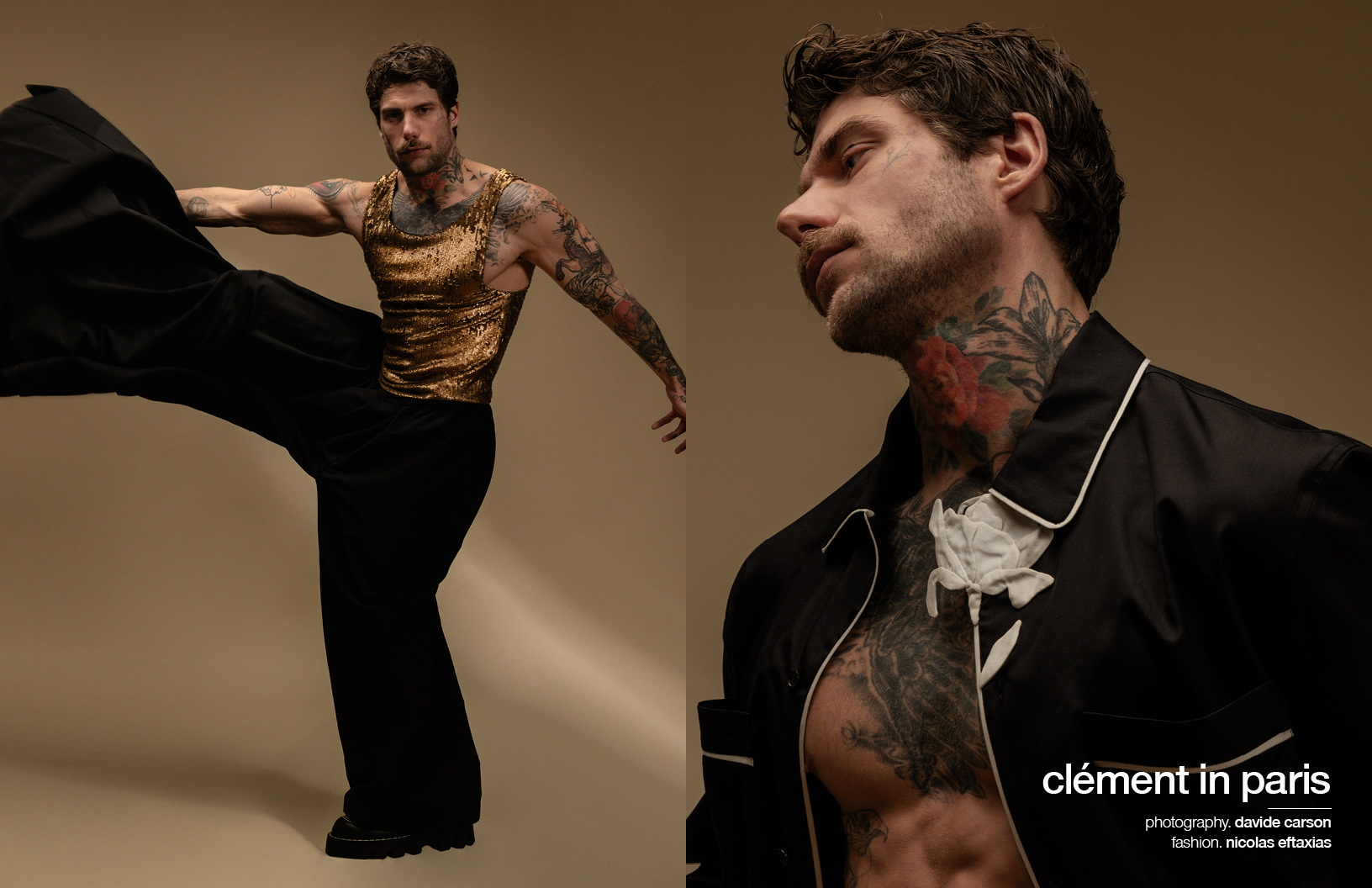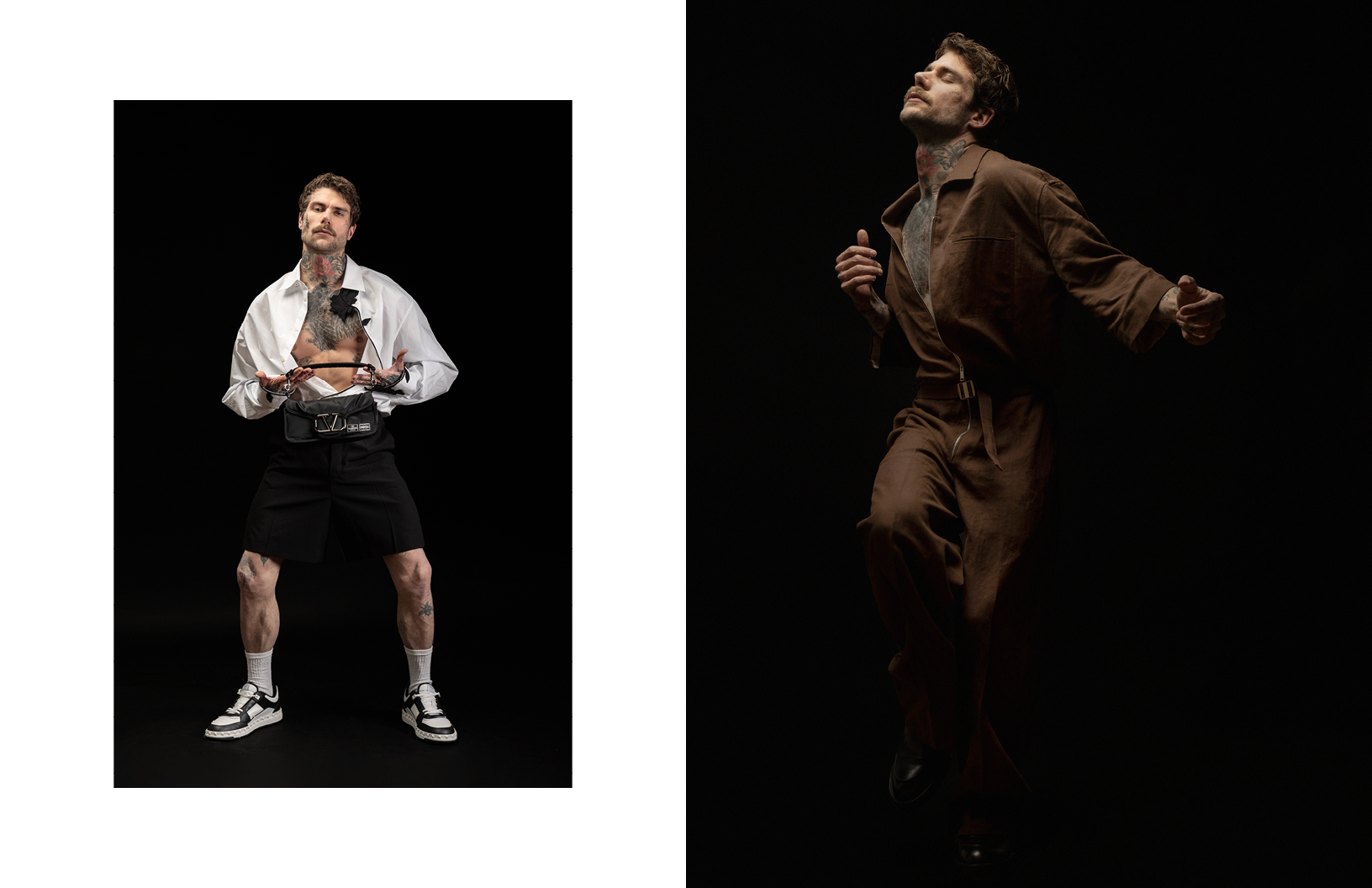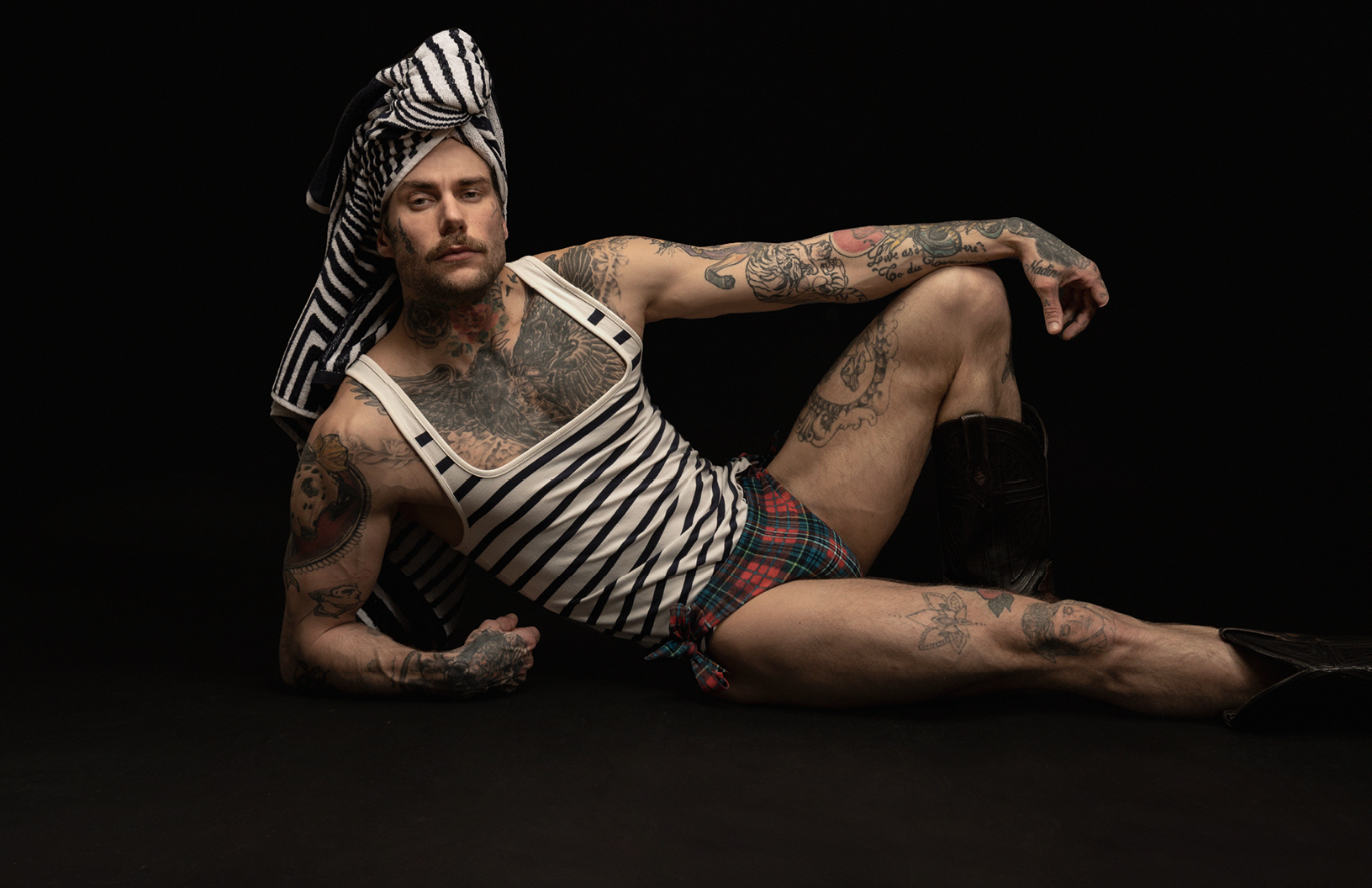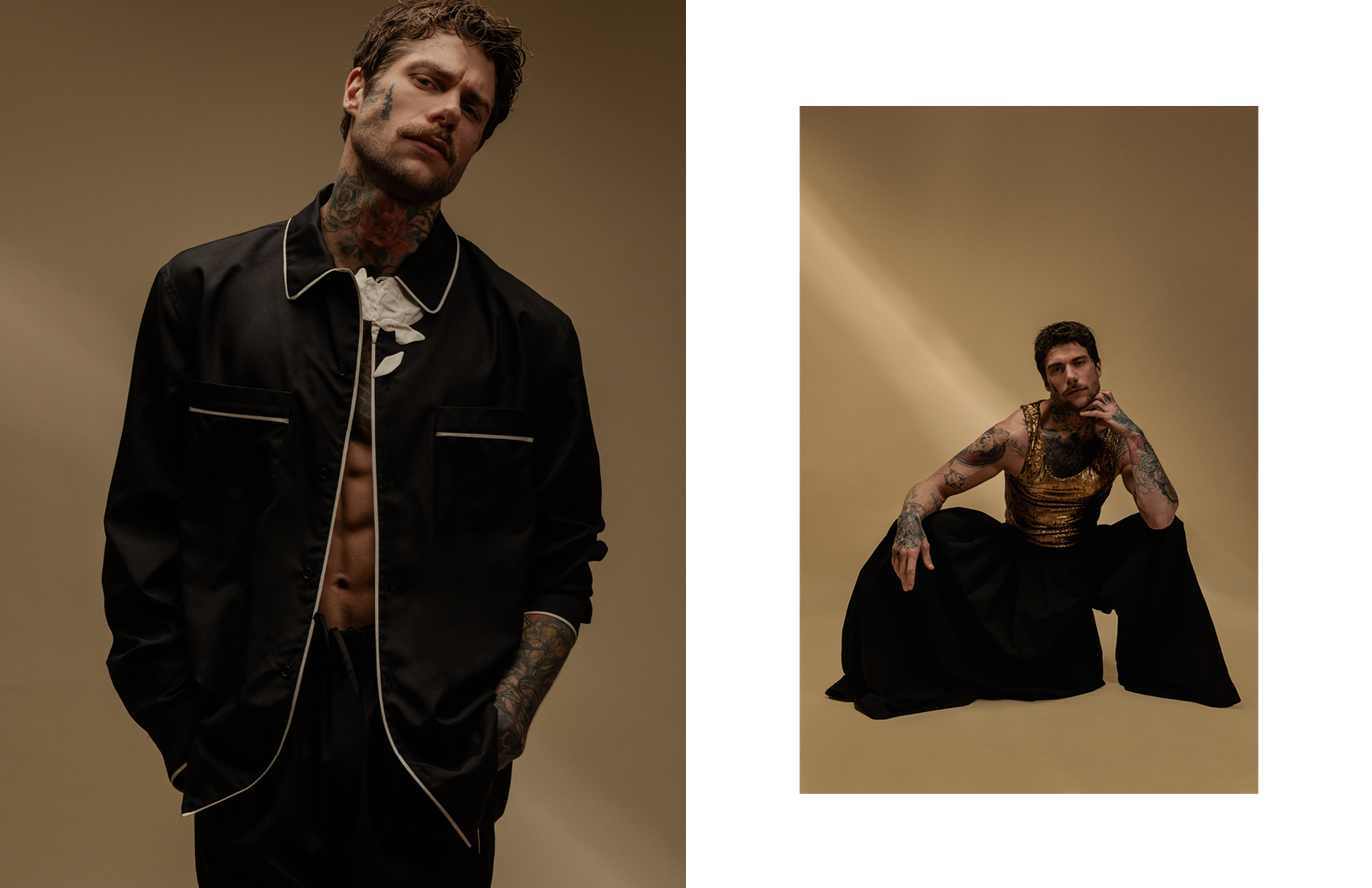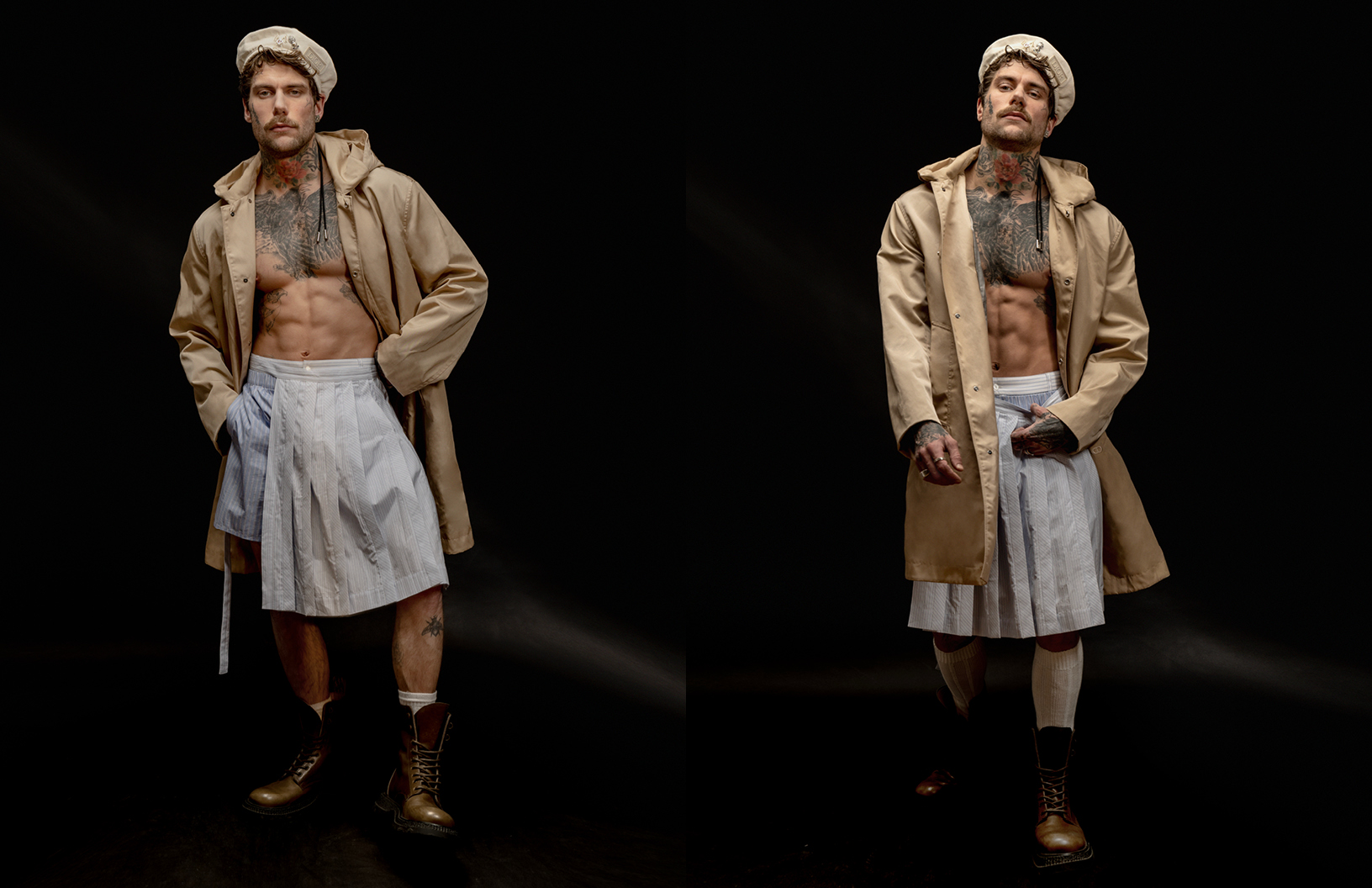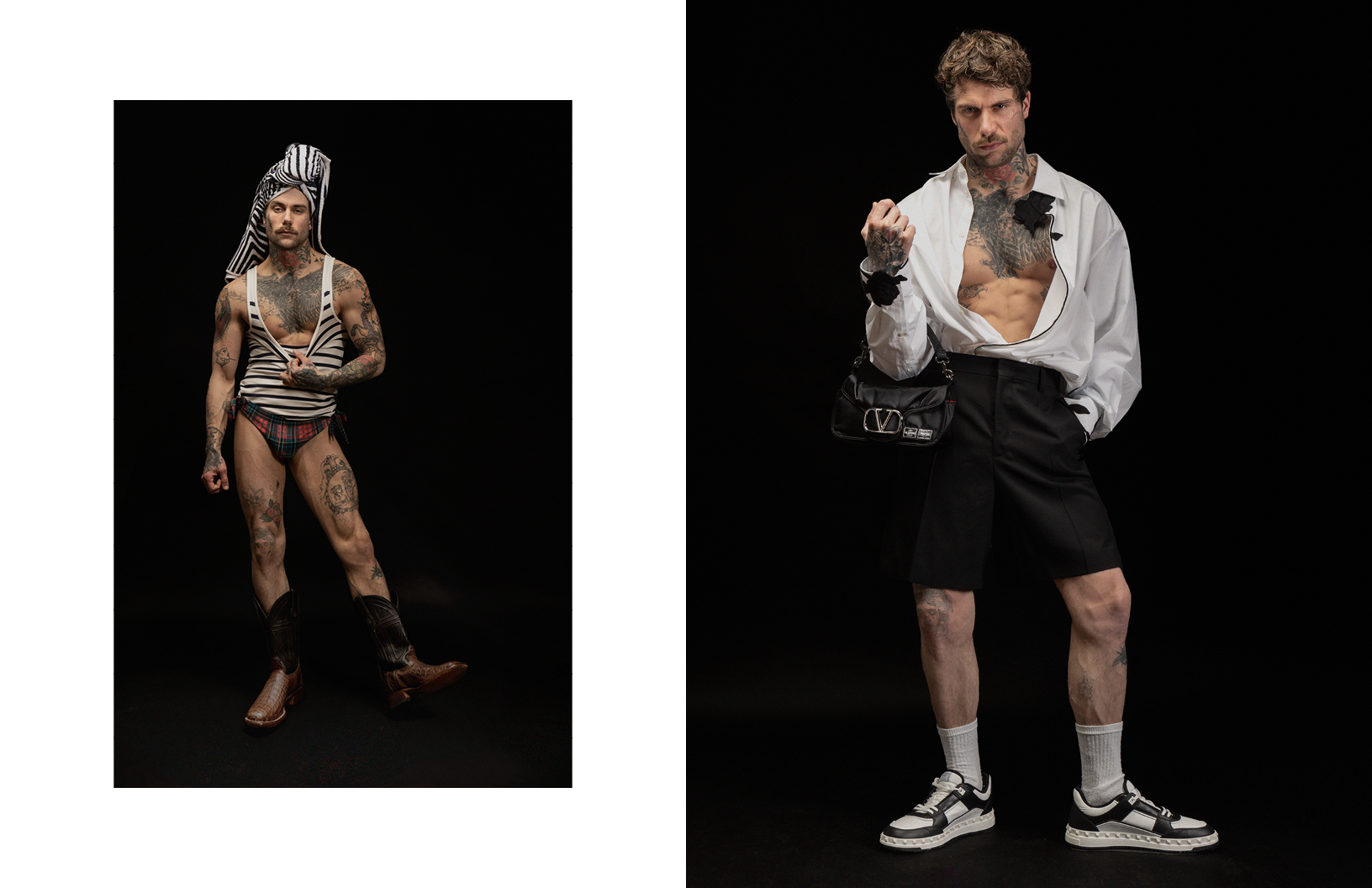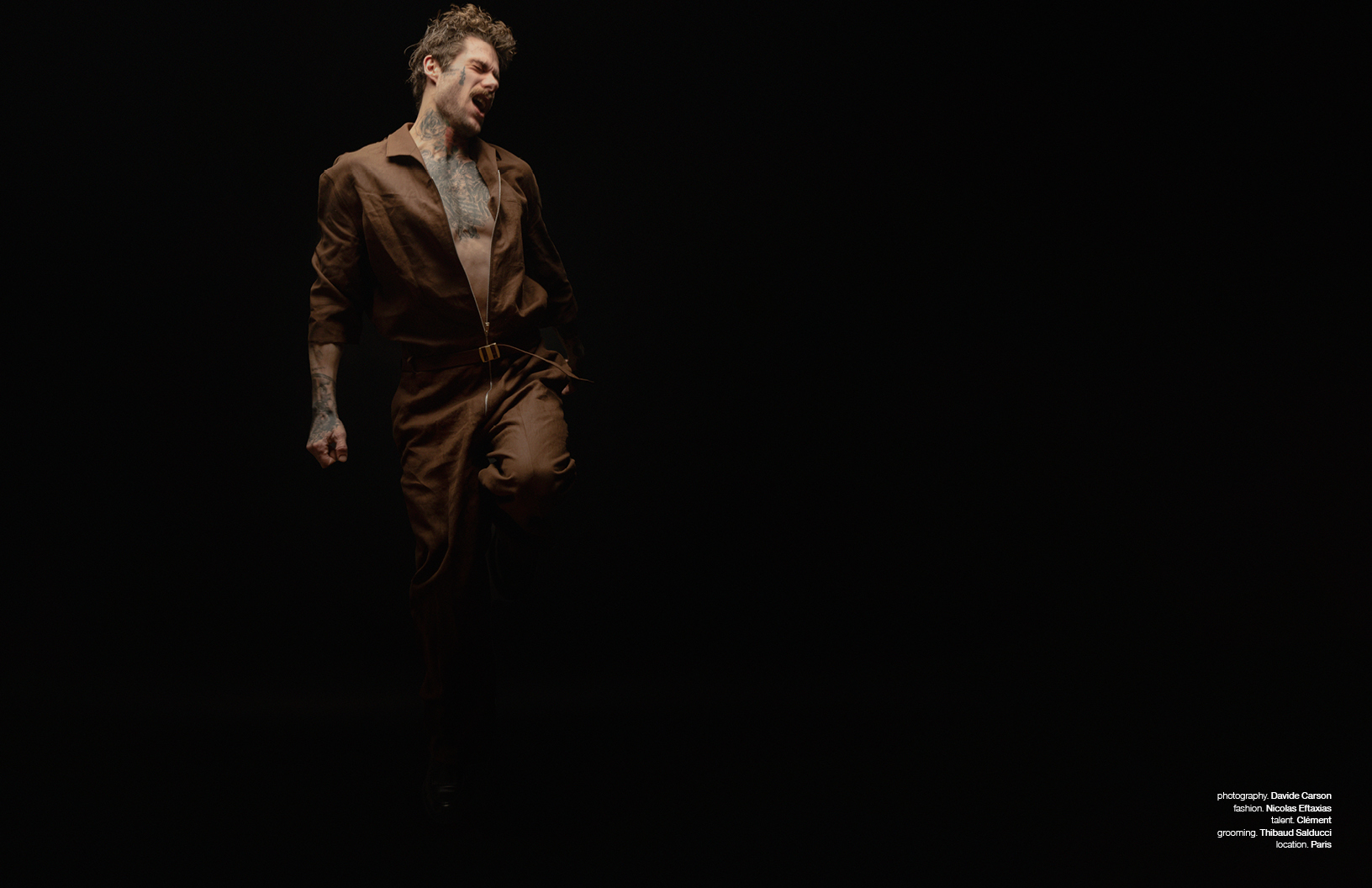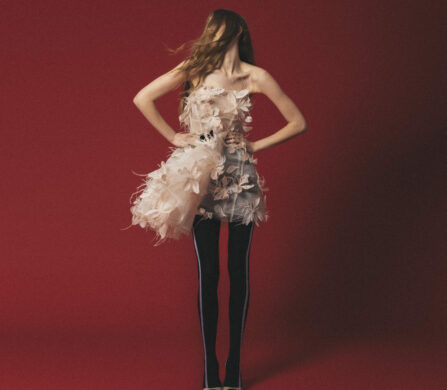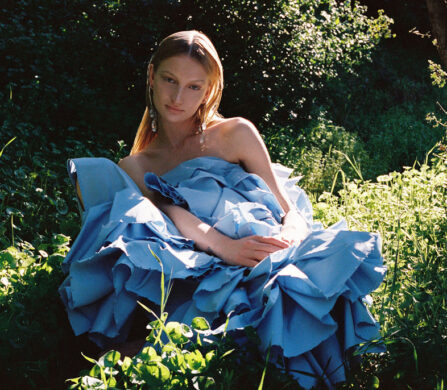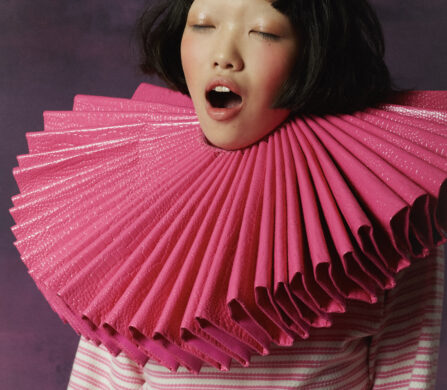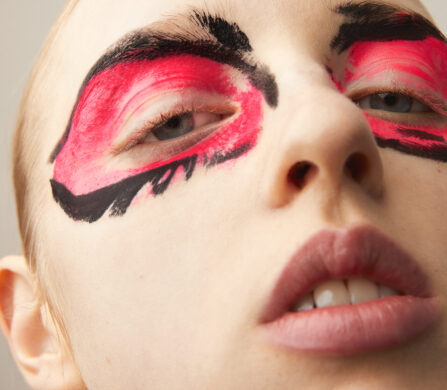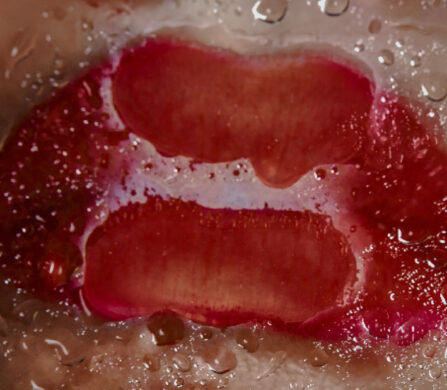Clément Grobotek understands the importance of creativity. Renowned as both a masterful tattooist, etching narratives onto the canvas of skin, and a captivating author of Moi, J’Embrasse, Grobotek embodies the essence of creativity and storytelling. With a steady hand and an inspired mind, Grobotek transcends traditional boundaries, seamlessly blending the worlds of visual artistry. From intricate designs adorning the bodies of his clients to the lyrical prose that flows from his pen, his work resonates with depth and meaning, leaving an indelible mark on those who encounter it.
Schön! chats with Grobotek about his work, his style, and more.
Can you tell us about your journey into the world of tattooing and how you became a tattoo artist?
I started tattooing my friends and myself by buying a machine when I was twenty and in the army, where I was a paratrooper. In those days I didn’t get out of the barracks much, my life was pretty regulated and I spent a lot of time drawing and tattooing whenever I had a bit of free time.
When I left the army, I kept my machine with me, continuing to tattoo friends, and myself a little too much, in fact – my legs were used as guinea pigs! At a party, I met Talal, who runs a tattoo parlour. He’d just opened his own and asked me to join him. But I thought he was flirting with me and never called the number he gave me! A few months later, my partner at the time urged me to become a tattoo artist, something I didn’t feel capable of at the time. He wanted to introduce me to a shop owner to convince me to give it a try. It happened to be Talal! I thought it was funny, took it as a sign of destiny, and went back to Maison Python, which is still the shop I’ve been working in for the last five years!
What inspires your artistic vision and influences your designs?
My influences come first and foremost from painting, statues and nature. What fascinates me about tattooing is the living support of the skin, in which I try to reproduce existing works as faithfully as possible. Ever since I was a child, I’ve had a great fascination for painting, particularly two currents: Romanticism and Symbolism. My first idea when I started tattooing was to reproduce my favorite works on my skin.
My fascination is more technical than artistic. I love the idea of trying to reproduce as faithfully as possible the light of a painting or the marble of a statue. It’s my passion. I must have been a forger in another life, that’s all I can think of! As for flowers, I photograph them, rework them and tattoo them as close to reality as possible.
What I like most of all is when I have a customer order, to go rummaging through museums to find references on which to base my work. I enjoy this research work as much as tattooing. I start my days early, get up at 6 a.m., go to the gym, take my dog out, go to the shop to draw or tattoo, or to the museum to do research. Sometimes I write too. I think there’s nothing worse to do!
What inspired you to write “Moi, J’embrasse”?
“Moi j’embrasse” is the first book I’ve published with Editions Plon. It’s a biography, my own, retracing my years in the army, my arrival in Paris, my past as a drug addict and prostitute. It deals with the psychological aspect of my past and how I stopped everything to change my life, several times. I seem to have a rather unusual life path!
Can you tell us about the main themes or messages explored in the book?
The book is mainly about resilience. I wanted there to be a book that explained the psychological disasters that homophobia in the French army could produce, the monetization of bodies on those bodies, mine in this case, and the damage of taking drugs to excess. The book begins with me waking up in hospital from an overdose that nearly killed me. I’ll let you discover the rest if you can read it in French! It hasn’t been translated!
What challenges did you face while writing “Moi, J’embrasse”?
The book was complicated to write because it was co-written. I chose another author with me who was the opposite of me. He was a heterosexual man who had always lived a very simple, well-ordered life. The aim was for my book to speak to everyone. It was complicated to make him understand my life and my choices. But the most interesting thing was to put myself into perspective. When you write, you can’t hide. You have to look at the whole of who you are, both the good and the bad. It’s hard to look back on mistakes and traumatic moments in our lives. But it was very, very healing, a real shrink session! I was never the same afterwards.
What do you hope readers will take away from your book?
I wrote this book very selfishly, for myself at first. Then the publishing house commissioned me, and I wrote with the aim of being read, but I confess I wasn’t aware of that. I think that’s strangely what people liked about it, because they found that I wasn’t hiding, that I wasn’t being soft on myself in it. I think it was only possible because I wrote it without thinking about the readers.
I got a lot of feedback, from people who felt concerned by one of the themes I was tackling, or by their personalities. Some avoided prostituting themselves and others felt like doing it. Honestly, I didn’t expect anything from the readers. The best feedback I got was from a boy who hadn’t liked the book at all, and I found his review very constructive and fair enough. He found certain passages too skimpy. It frustrated him. I loved hearing that from him.
How has your work as a tattooist influenced your other creative endeavours?
My work is inspired by paintings, statues and nature. But also by literature. I tattoo a lot of poetry. I cover entire backs with poems, and I love it! I even have my back covered with Baudelaire, Jean Genêt, and Ormesson. I guess my work as a writer also inspires me to tattoo.
How has your love of fashion influenced your own personal style?
My only client, and this is a choice on my part, is Jean Paul Gaultier, because we’ve been working together for five years. It’s become a real family. My work as a model has never influenced my clothing style. I’ve always had very few clothes, but I select them very carefully. I wear almost exclusively black, and I hate logos. I think you should recognize a garment’s designer by its cut and materials, not by an inscription, otherwise the work is poorly done. I don’t like to display brands in the street for people to see, I find it indecent.
I always wear the same Saint Laurent leather, black or white tee shirt, and boots, Louboutin sends me some regularly, it’s the only fun touch I wear. No accessories, I don’t like bags. I wear a few pieces of jewelry — always the same ones from a friend who makes them by hand called “So Much For The Future.” I’m covered in tattoos, so my clothes are pretty plain!
As someone who is a true creative, what other passion projects are you looking to create next?
I’ve been working for a year on another book project, which I decided to write on my own this time. It’s a kind of love letter to the women in my life. It’s about grief, particularly that of one’s mother – I lost mine at a very young age. And how you build yourself up in these particular circumstances. It’s the story of a homosexual man who falls in love with a woman thirty years his senior. Inspired by a true story!
Lastly, what do you wish for in 2024?
I don’t want anything, I already have everything I need. Take care of yourselves!
photography. Davide Carson
fashion. Nicolas Eftaxias
talent. Clément
grooming. Thibaud Salducci
location. Paris














